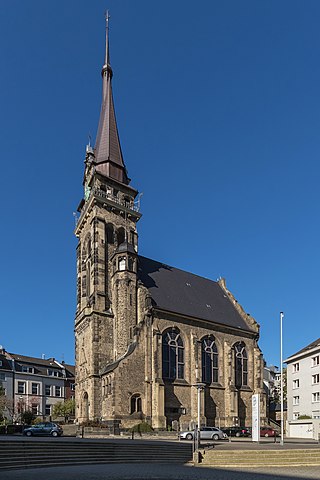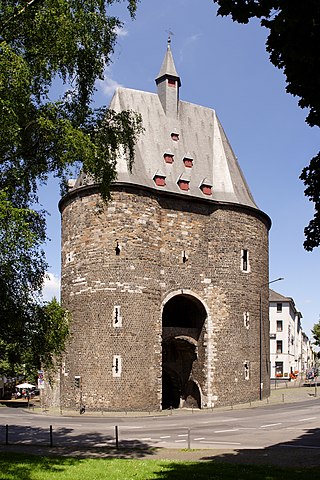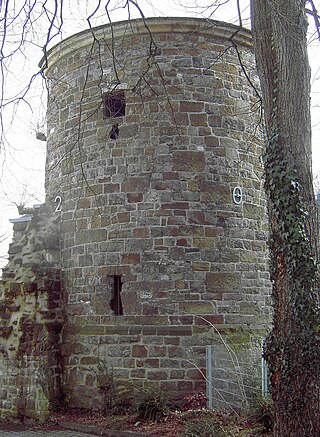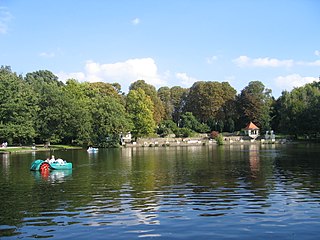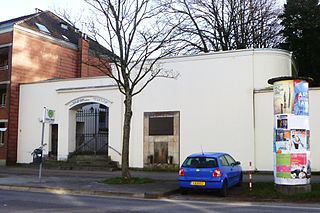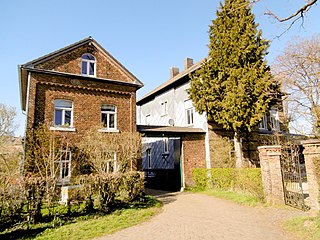Self-guided Sightseeing Tour #14 in Aachen, Germany
Legend
Tour Facts
6.3 km
96 m
Experience Aachen in Germany in a whole new way with our self-guided sightseeing tour. This site not only offers you practical information and insider tips, but also a rich variety of activities and sights you shouldn't miss. Whether you love art and culture, want to explore historical sites or simply want to experience the vibrant atmosphere of a lively city - you'll find everything you need for your personal adventure here.
Individual Sights in AachenSight 1: Dreifaltigkeitskirche
The Holy Trinity Church is the largest Protestant church in Aachen. It was built between 1897 and 1899 on the historic city border between Burtscheid, which was independent until 1897, and the city of Aachen and is a listed building. In 2006, it was abandoned as a parish church in the course of the redivision of the parish districts and since 2015 has served as a youth church of the Evangelical Church of Aachen, which belongs to the Aachen church district of the Evangelical Church in the Rhineland.
Sight 2: Marschiertor
The Marschiertor, until the 17th century also called Mies(ch)ierspforte or later also Berseter Tor or Burtscheider Tor, was the south gate of the outer Aachen city wall. It is one of the mightiest surviving city gates in Western Europe. Its construction began around 1257 and was probably completed shortly after 1300. With the Marschidetermined Gate, also known as the Burtscheid Middle Gate, it had a counterpart in the inner ring of walls, the so-called Barbarossa Wall, which had a total of ten gates.
Sight 3: Lavenstein
The Lavenstein was a defensive tower of the outer city wall of the city of Aachen, which was built around 1300 to 1350. It is one of the few surviving towers of the former city fortifications.
Sight 4: Gebrannte Mühle
The list of historic mills in Aachen offers an overview of the most famous former water mills on the banks of the Aachen streams on the present-day territory of the city of Aachen. More than 70 mills could be proven on the basis of the sources and substantiated with data, although there were also other mills that have been historically forgotten or about which there is no information. The proven Aachen mills had once served, among other things, as grain, grist or oil mills as well as copper, grinding, fulling or dyewood mills and most of them had an overshot water wheel. From the early modern period onwards, they formed the basis for Aachen's economic rise, especially in the area of the cloth and needle industry in the 18th and 19th centuries, as evidenced, for example, by the history of the cloth industry in Aachen.
Sight 5: Kaiser-Friedrich-Park
Kaiser-Friedrich-Park is a park in the south of Aachen, Germany, named after the German Emperor Frederick III, who died in 1888.
Sight 6: Alter Jüdischer Friedhof
The Jewish Cemetery Aachen is located in Aachen in North Rhine-Westphalia. It is on the corner of Lütticher Straße and Körnerstraße.
Sight 7: Gut Hasselholz | Blockhaus
Gut Hasselholz is a listed estate in Aachen, Germany. In the names Hasselbach and Hasselholz, the word Hassel is interpreted as an early name for foals.
Share
Disclaimer Please be aware of your surroundings and do not enter private property. We are not liable for any damages that occur during the tours.
GPX-Download For navigation apps and GPS devices you can download the tour as a GPX file.
